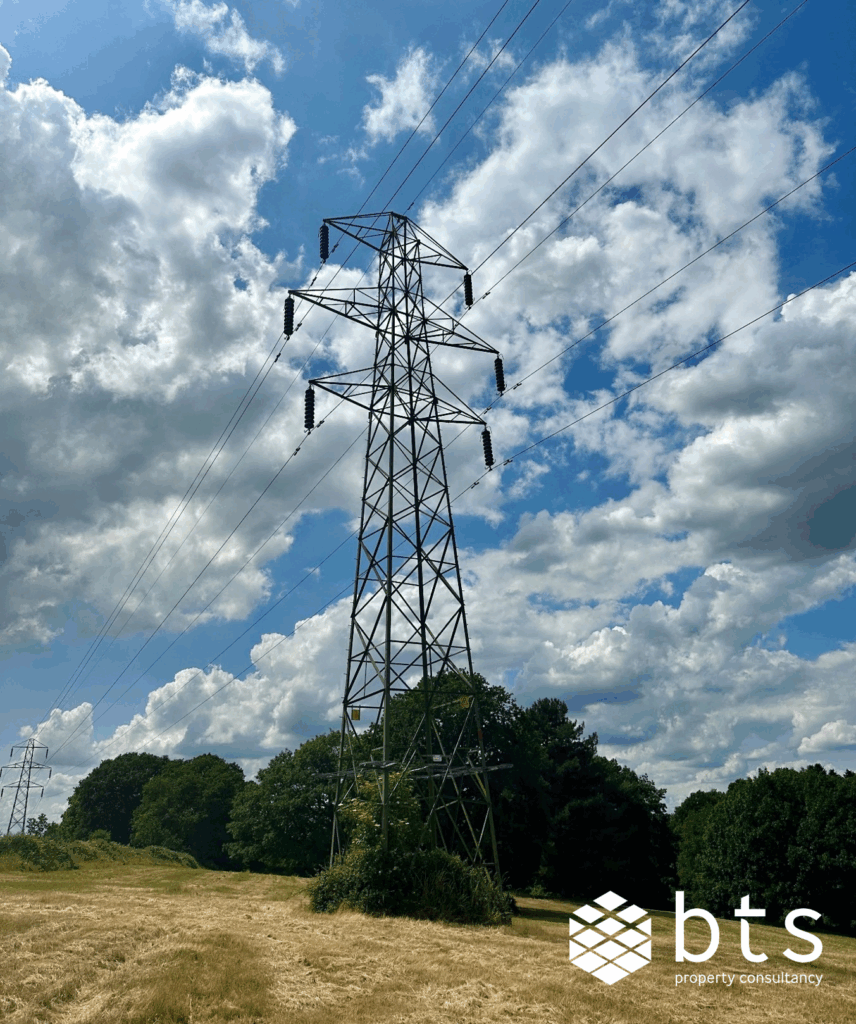
You’re aware of the possibility of undergrounding overhead apparatus on a site. You know that doing so could free up development land, increase the value of your land, and improve your planning prospects. But what does it cost, and is it worth it?
Whilst something like a 400kV or a 275kV (the big hitters of the overhead line world) is highly unlikely to receive consent for diversion underground (and if it did, the cost would be astronomical!), undergrounding a 132kV might be more feasible.
Undergrounding overhead electricity lines involves replacing the overhead wires with buried cables. For developers, this can unlock land that would otherwise be constrained, increasing the developable site area, and removing apparatus that would have a severe visual impact on a site, deterring potential occupiers, and affecting the prices of nearby properties.
Costs will vary depending on:
- a site’s geographical/ecological features
- a site’s topography (specifically, land levels that might change along the transmission corridor)
- engineering constraints (whether the line is a single or dual circuit, for instance)
- the District Network Operator
But as a ball park figure, the average cost of undergrounding a 132kV line is £1 million per span.
Considerations for developers include:
- Lead Times: Undergrounding a 132Kv can take 24 – 36 months from design to delivery – would this delay your build programme too much? If so, the cost of the undergrounding might outweigh its benefits.
- Planning Obligations: Does your planning consent hinge on the removal of the overhead apparatus? Would you have to re-submit an application if the cost of undergrounding it proved too high? Again, that would involve additional costs.
- Early Engagement: You should flag up the presence of the overhead lines in pre-application discussions with planners and utility consultants.
- Cost-Benefit Analysis: Work out whether the cost of the undergrounding would justify the increase in the value of your land and its saleability.
- Phased Approach: It may be possible to underground critical sections of the line, where its impact on the site is most severe, and leave the rest in place. This would help to reduce the costs.
- Legal Review: Check for existing wayleaves or easements that may affect your ability to relocate the line, or leave you footing the entire bill. If the legal rights for the line aren’t permanent, you may have an opportunity to negotiate with the DNO for at least a portion of the diversion costs to be covered by them, or for close to nil cost, depending on the severity of its impact on the site.
Undergrounding 132kV lines is a premium solution—but it could also make all the difference to a scheme. Whether you’re unlocking a constrained parcel or navigating planning sensitivities, understanding the cost of what you’re up against is essential. With strategic planning and early engagement, developers can turn a constraint into an opportunity.
Contact BTS for advice if you have any constraints on your site.











